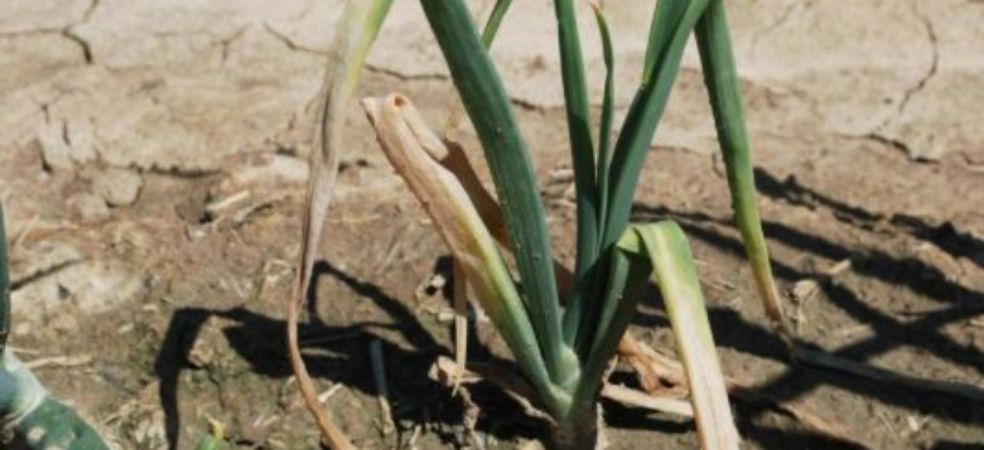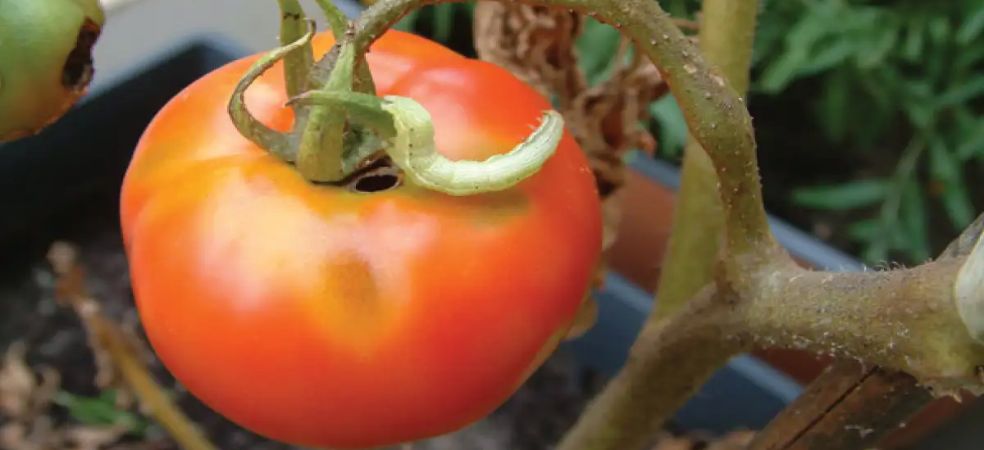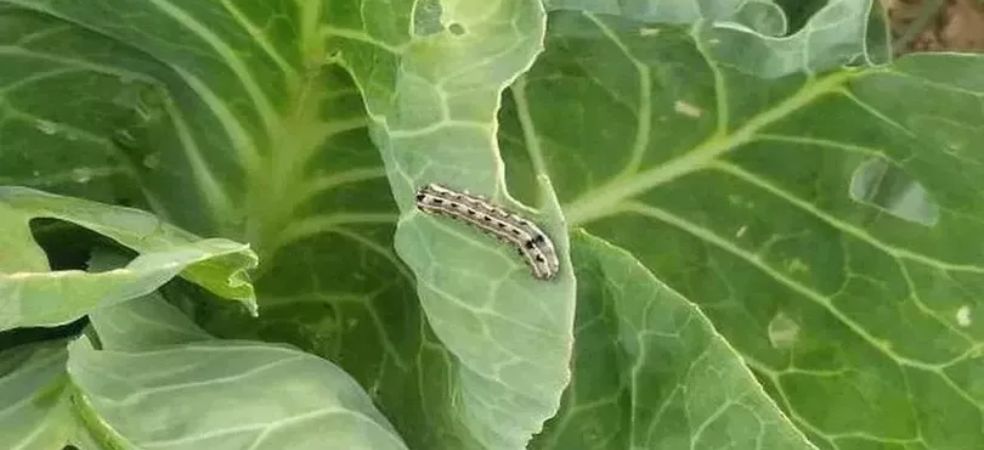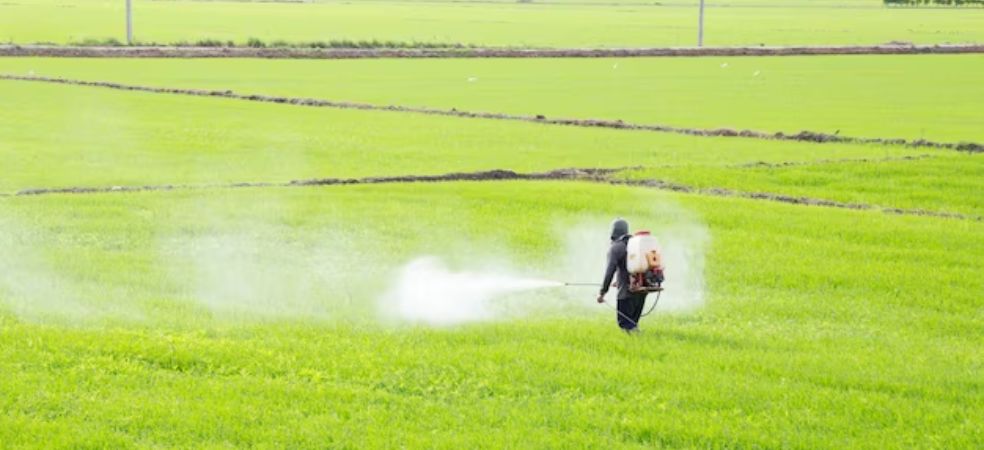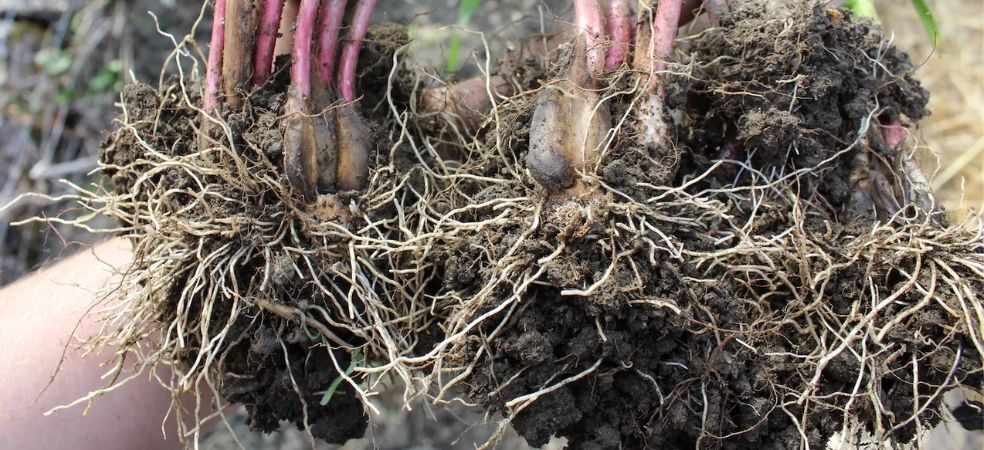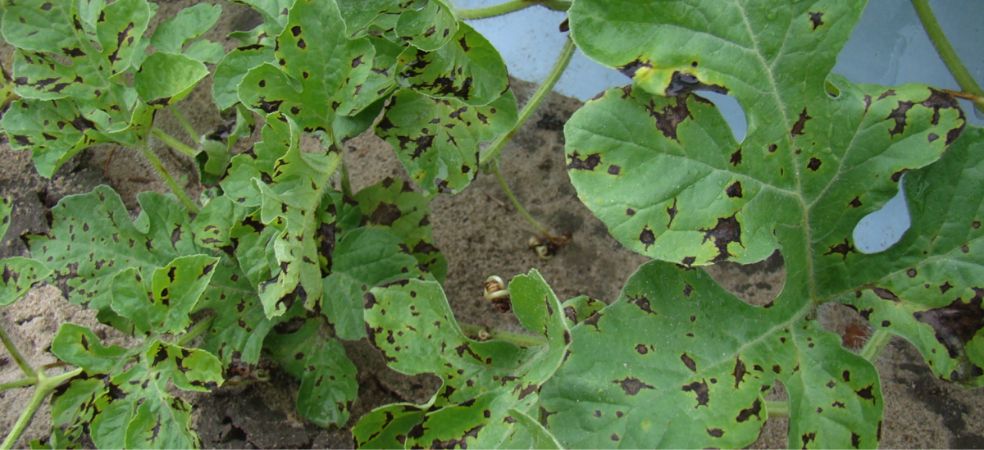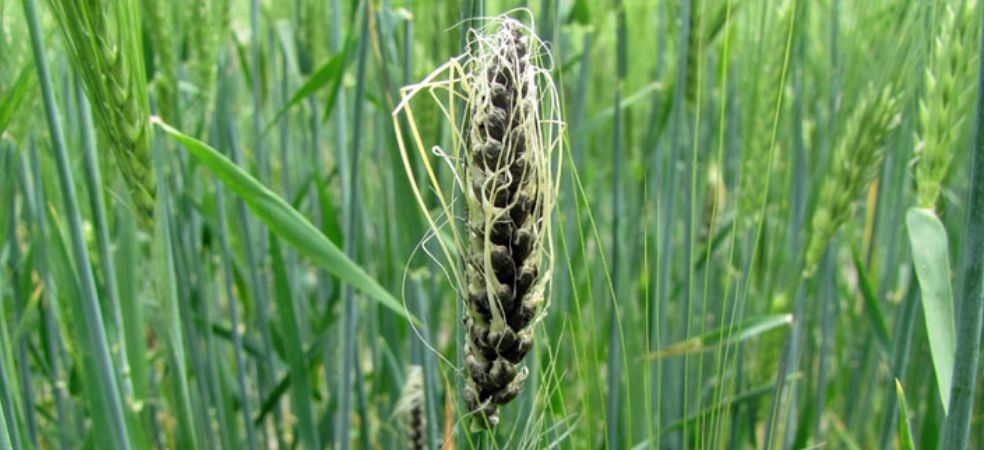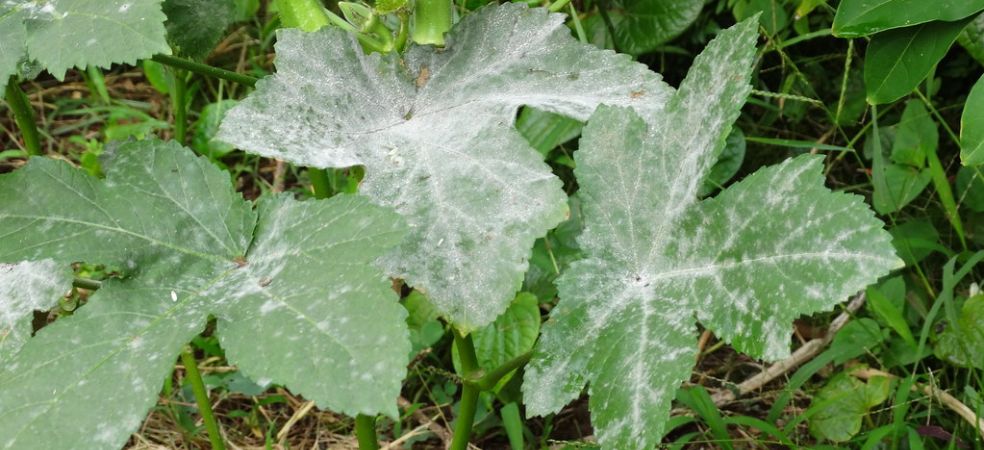The disease causes a white powdery growth on the upper leaves, stems and young growing parts of plants, and as the infection progresses, the entire leaf becomes covered with the fungus. The leaves of infected plants start falling prematurely. If the infection occurs at the fruiting stage, the fruits remain underdeveloped and become malformed.
Control: To control the disease spray, Novacone (Hexaconazole 5% SC) @ 400 ml per acre in 150-200 litres of water as soon as the symptoms appear. Also, take a spray of Nutriful Max (fulvic acid amino acid trace component) @ 250 ml per acre for good flower and fruit development.
ShareFor such important information related to the agriculture sector and farmers, do read Gramophone articles daily. If you liked today’s information then don’t forget to share.


